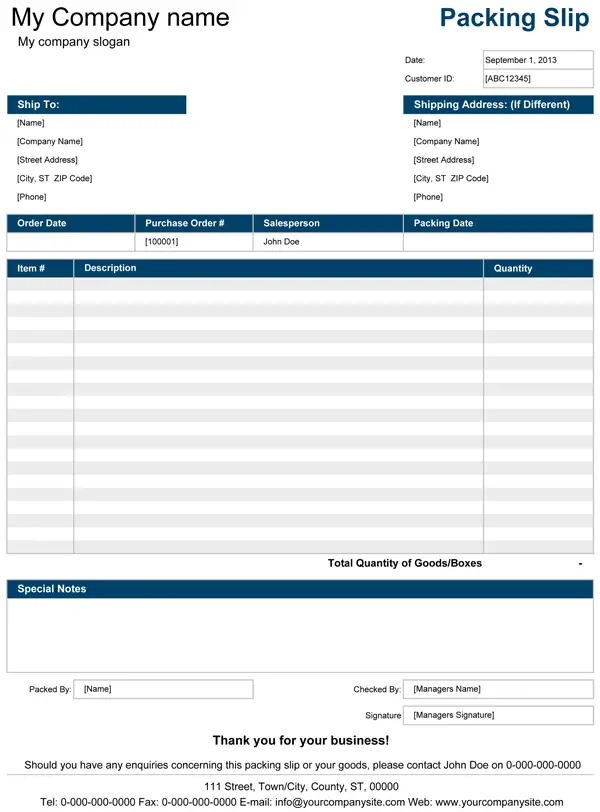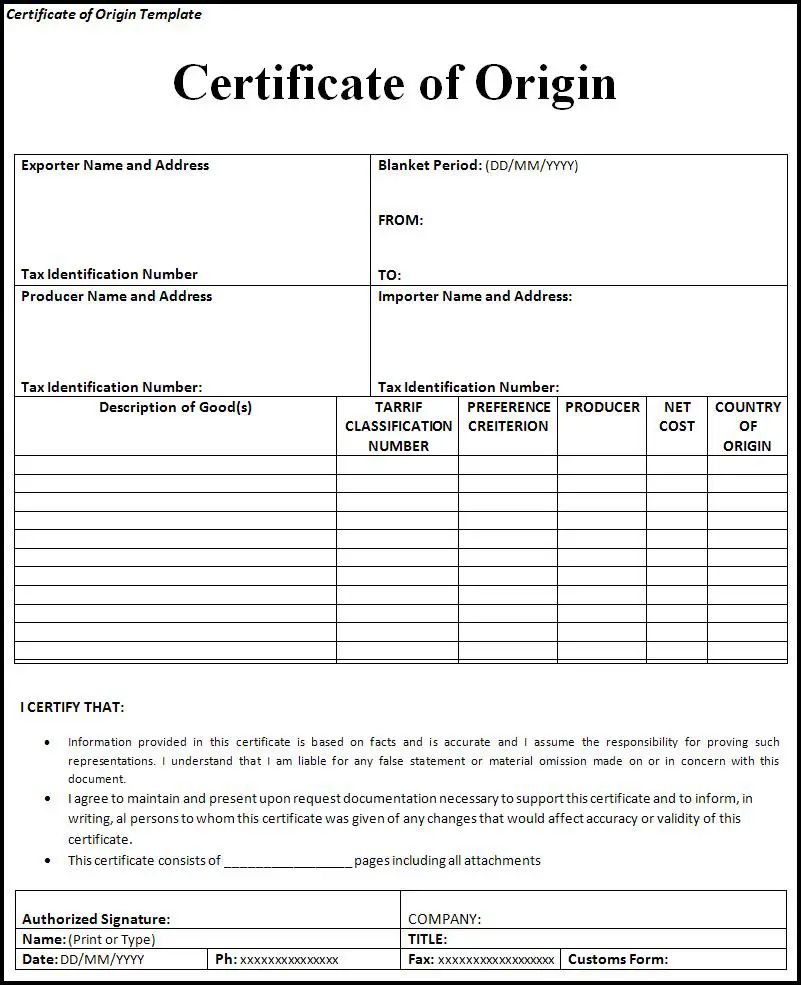What is Packing Note?
A packing note arrives with the delivery package and it is a shipping document mostly attached inside the shipping pouch or package itself. It is also known as bill of parcels, packing slip, or unpacking note. This information provided on packing slip helps sender as well as receiver to manage the package accordingly.
Each shipping package consists of itemised list of articles that includes quantity, description, and the weight of the contents. The list is created by the shipper and sent to the consignee, so that at the time of delivery, the consignees could match the details of the goods being delivered.
Table of Content
What is Packing List?
Packing list is a shipping document that arrives with delivery packages. It is mostly attached to pouch or within the package itself. A packing list is a document that holds the information about the contents of a package. The packing list is created to allow transport agencies, government authorities, and customers to learn about the contents of the package.
On packing list, you can find the following details:
- Date of packing
- Number of packing list
- Number of case to which it relates to
- Contents of case in terms of quantity and weight
- Marking numbers
- Name of the exporter
- Name of the importer
- Importer’s order number
These details help each of the parties to handle the package accordingly. Figure shows the packing list format:

Itemised details of the contents of a package are given in the packing list and it comprises of the quantity, description, and weight of the shipped contents. However, it does not provide the details about the pricing of the items. A packing list is designed by the seller and it is used to match the goods dispatched with the goods ordered. After matching and packaging the goods, the packing list is sent along with them to their destination. Packing note and packing list should not be confused as being same because both of them are different.
Packing note is used to define the particulars of contents of shipped individual pack; whereas packing list includes details of contents of the total number of cases or packs. Both packing note and packing list are sent to the importer along with other documents. In case of any shortage in the consignment, the importer can contact exporter and discuss the differences in the goods being delivered with the help of packing note and list.
There is no particular form prescribed for both packing note or list. Normally, 10 copies of both the documents are prepared. Two copies are sent to the buyer, one copy along with the documents, one to the shipping agent and the rest are kept by the exporter. Special precautions are made for confirming quantities mentioned in the packing note or list with those stated in the Invoice and Bill of Lading or Airway Bill.
What is Certificate of Origin?
Certificate of Origin can be defined as a document which declares the manufacturing country of a particular commodity or goods. It includes information about the destination of product and country of export; many treaty agreements demand this certificate before being accepted in another nation.
Figure shows the format of the Certificate of Origin:

The exporter can get Certificate of Origin from International Chamber of Commerce (ICC). The organisation is authorised by the Directorate General of Foreign Trade (DGFT) and Ministry of Commerce, Govt. of India for issuing non-preferential Certificate of Origin to the exporters. Nominal fee is charged by ICC on the issuance of certificate and special discounts are provided to ICC members on the fee. The exporter needs to execute an indemnity bond in order to seek Certificate of Origin for the first time and after that exporter can get pre-printed Certificate of Origin from the ICC office.
The authorised signatory of ICC attests the Certificate of Origin and other allied documents issued by the ICC after the payment of necessary service charges. The Certificate of Origin ensures that the shipped goods are completely obtained, produced, manufactured, or processed in a particular country. Certificate of Origin also holds a declaration by the exporter as well. All the countries need a certificate of origin for imported goods.
Types of Certificate of Origin
There are two types of certificate of origin, which are explained below:
- Non-Preferential Certificate of Origin: These are also known as Ordinary Certificate of Origin. The main purpose of this Certificate of Origin is to declare the country of a particular origin trading specific products or services. Here, the goods are not eligible for any preferential treatment.
- Preferential Certificates of Origin: With this certificate, the products become eligible for tariff reduction or exemption during the time of export. This is done in case of trading countries who have signed some kind of bilateral or multilateral agreements such as FTA agreements under which the tariffs applicable are at concessional rates.
The exporter needs to have Certificates of Origin along with the Letters of Credit, foreign Customs requirements, or a buyer’s request. In most of the countries, Chambers of Commerce is responsible for issuing the Certificates of Origin. However, there are exceptions and in some countries the Certificates of Origin are issued by the ministries or customs authorities.
Significance of Certificate of Origin
- Concessions are provided after obtaining Certificate of Origin under Commonwealth Preferences (CWP) as well as Generalised System of Preferences (GSP).
- The Certificate of Origin also motivates the importer to adhere to the rules and regulations of his or her country.
- By producing this certificate to the Customs in the importer’s country one can enjoy concessional tariff.
- The certificate also helps the importing country to check and ensure that the goods from banned countries are not entering into their jurisdiction.
- Exporting country could request to obtain the certificate in order to ensure that goods imported are not reshipped again.




